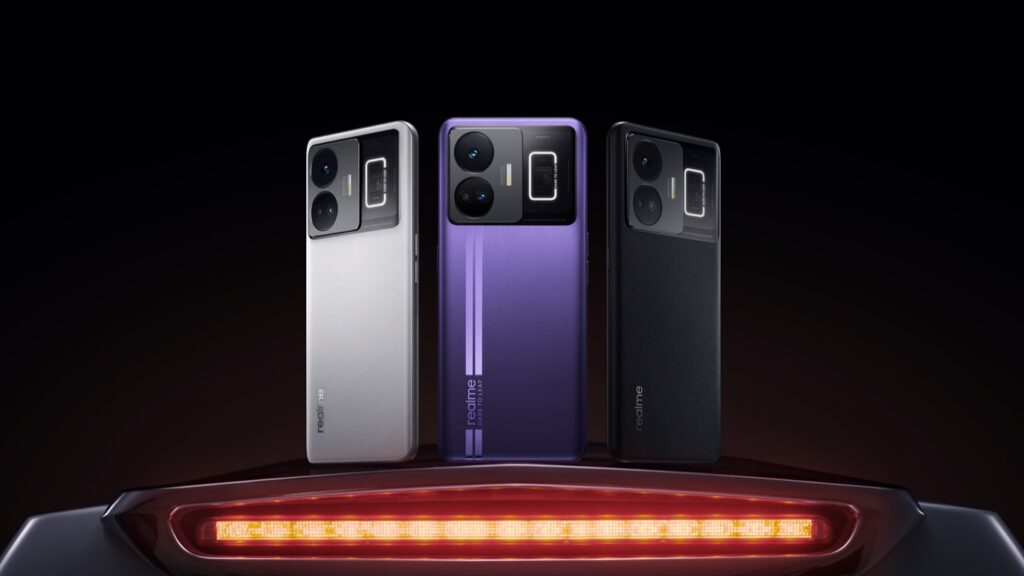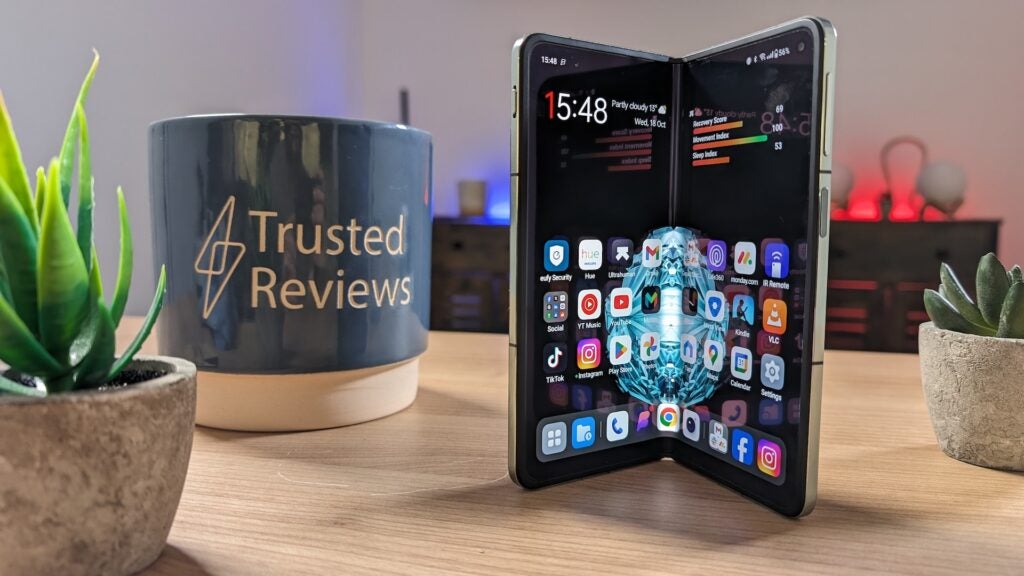OPINION: 2023 has been a great year in the smartphone space with a flurry of innovations that push the market forward and deliver new and interesting features for consumers – and 2024 is gearing up to be much the same.
But before we delve head-first into a new year of tech in 2024, let’s first take stock and pay homage to the advancements in the smartphone space in 2023, from impressive camera tech to truly rapid fast charging and much more.
1-inch camera sensors
Smartphone camera tech has been steadily improving over the past few years, and we’re finally nearing a point where most smartphones can take decent photos.
However, that means manufacturers have to go even further to tempt consumers towards their top-end flagships – and that comes in the form of 1-inch camera sensors. True, one or two phones had the tech in late 2022, but it was only in 2023 that we saw it catch on in a big way.
Even though a 1-inch camera sensor isn’t actually an inch wide (it’s a throwback to early camera hardware), it is significantly larger than those that came before it. That means that 1-inch camera phones like the Vivo X90 Pro and Xiaomi 13 Pro have an edge in the camera department, particularly when it comes to low-light photography.
The Vivo X90 Pro exemplifies this perfectly for me; using its 1-inch sensor, it can take photos at night that capture more light than I can see with my own eyes, even in near pitch-black conditions. It’s also able to capture surprisingly detailed photos of stars. The fact that the phone can do all this without the need for a tripod or a steady surface makes the tech all the more impressive.
It isn’t a feature universally used by manufacturers – Samsung went down the high-megapixel route for the 200MP camera of its top-end S23 Ultra – but it’s certainly more readily available now than it was a year ago.
240W fast charging
Fast charging is another feature of smartphones that has improved exponentially over the past few years, with smartphones like the 120W Xiaomi 13 Pro regaining a full charge in just 24 minutes – but it pales in comparison to the 240W fast charging of the Realme GT Neo 5, revealed at MWC earlier this year.

Though the smartphone never officially made it to Europe despite its MWC reveal, the tech powering it was nonetheless impressive. The combination of 240W charging tech and a 4,600mAh battery meant the phone could charge from flat to full in just nine and a half minutes, with a 50% charge taking just four minutes.
That delivers a new level of freedom when it comes to charging, no longer having to plug it in overnight. Instead, you could theoretically plug it in while you make a cuppa and have enough charge to last all day. It remains alone in its high-wattage charging for now, but hopefully we’ll see others utilising the tech in 2024.
Better foldable technology
This one is an umbrella of tech rather than one specific component, but foldable tech has taken great strides in 2023. Compared to early foldables that first hit the market in 2019, 2023 foldables have solved a great many issues.
The crucial hinge mechanism within foldables, generally speaking, is now stronger, more robust and allows for a completely gapless fold. That’s a bit of a double whammy, as it not only makes for a cleaner look overall but it stops dust and other detritus from building up on the inner display while it sits in a pocket or bag.
It also allows for a completely creaseless foldable experience – in some cases, anyway. While the likes of the Pixel Fold and, to a certain extent, the Samsung Galaxy Z Fold 5, still have a notable crease, it’s hard to spot on competing foldables like the OnePlus Open and Huawei Mate X3, and it’s not really an issue on clamshell foldables like the Motorola Razr 40 Ultra either.

There have also been meaningful upgrades to foldable camera tech in 2023, with the OnePlus Open and its three cameras designed specifically for foldable tech delivering results you’d expect from a regular flagship. That just wouldn’t have been possible before 2023.
Sure, there are still issues with durability and the all-important price, but it’s great to see the foldable market begin to properly mature in 2023.
Impressive AI photo editing
Photo editing has been a staple of the smartphone experience for years, with an ever-growing number of built-in tools to help enhance your snaps.
However, Google has stood apart from the competition with its suite of AI-powered editing tools exclusive to its Pixel collection. This year’s Pixel 8 collection took that AI editing prowess to an entirely new level, with features like Best Take that automatically analyse faces in a series of snaps and allow you to select a ‘best take’ where everyone is posing.
It negates the issue of people blinking, looking away, pulling funny faces or just about anything else in group photos. That’s cool enough, but I was really impressed with Magic Editor, a GenAI-powered photo editor that lets you drastically change images with impressive results.
It allowed me to remove a significant amount of scaffolding from a photo I took during the review period without the obvious blurring and artefacting we’ve seen from image removal tools until now.
In another, I removed all parked cars from a road and changed the time of day from evening to morning, and it took seconds.
It’s tech that we might see expand to other smartphones in 2024 with the Snapdragon 8 Gen 3 chipset and its support for GenAI, allowing for ChatGPT-style tasks all on-device. It’s pretty cool stuff.










